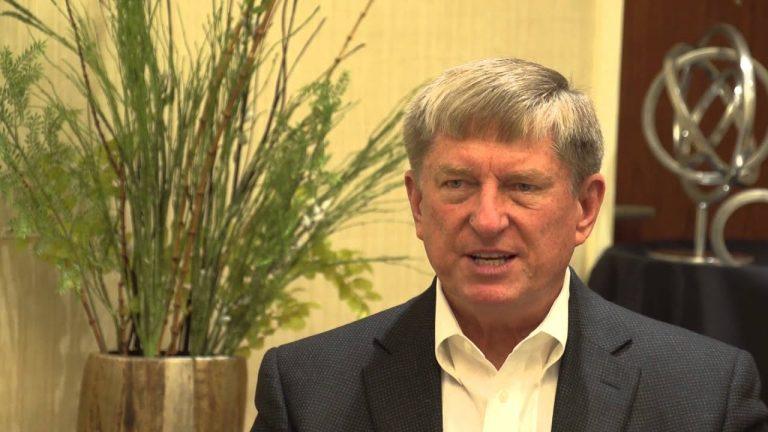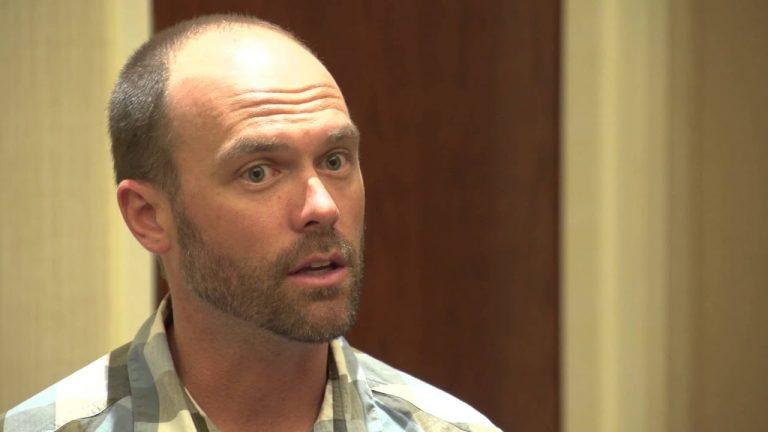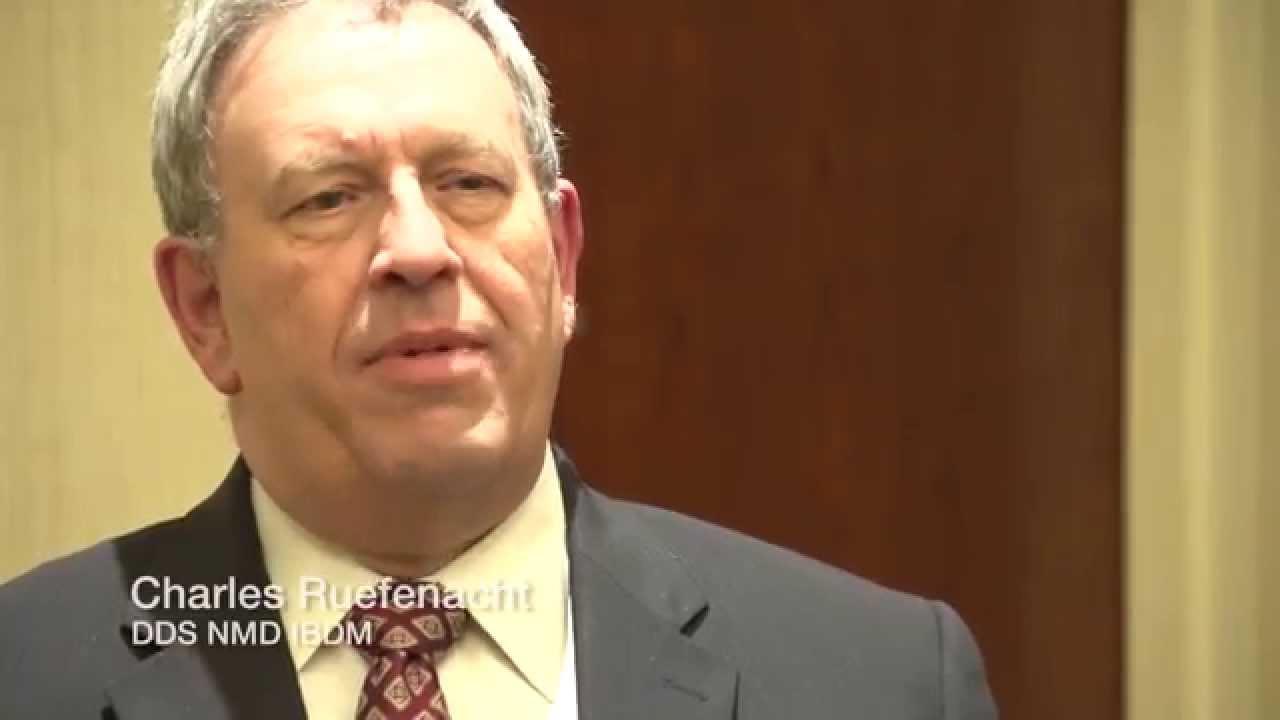Tooth preservation and dental conservation lie at the heart of Biomimetic Dentistry.
Biomimetic dentistry, a type of tooth conserving dentistry, treats weak, fractured, and decayed teeth in a way that keeps them strong and seals them from bacterial invasion. In dental practices around the world, Biomimetic Dentistry has practically eliminated cutting teeth down for crowns and destructive root canal treatment.
Patients are happier and often spend less compared to conventional treatment.
Want to learn more: Visit our Continuing Education Area for available courses.
Discover the different approaches
to Biomimetic Dentistry from dentists, in their own words.



Biomimetic dentistry is conservative.
Our group’s philosophy is “less dentistry is the best dentistry” or, better said: “There is no dentistry like no dentistry.”
Much of the amputation of tooth structure can be eliminated with modern science. We can say that tooth preservation and dental conservation lie at the heart of biomimetic dentistry.
The economic implications of not needing the advanced, invasive care seen in traditional (amputational) dentistry have profound positive effects on people’s lives. We can now help patients create healthy and happy mouths with simple, and often painless techniques!
Interested in learning more?
Join our The Academy of Biomimetic Dentistry and attend our conference.
Biomimetic Means: To Copy or Mimic Nature.
Nature is our ideal model to imitate.
The basic science for mimicking nature is found in the BioMechanical characteristics of teeth.
This is recent scientific and published information that ABD members learn from lecturers across the world. Our comprehension of what nature looks like and feels like is essential.
Teeth move, bend and have physical dynamics of force that must be accounted for while re-making the tooth with nature as our guide.
In other words, we can study nature’s properties of teeth so that we can better duplicate them.
Modern adhesives and bonding technique
the driving force of biomimetic dentistry.
With traditional dentistry we had to destroy healthy tooth structure in order to accommodate a new restoration. Now we are able to bond or glue teeth back together and even add missing parts of the tooth reliably without removing volumes of precious tooth structure. It has the added value of sealing the tooth from bacterial infection.
This has mostly eliminated the need for painful and destructive crowns and root canal treatment with its associated pins, posts, slots, grooves and other non-adhesive retention features.
Many competing synthetic dental materials are stronger, stiffer and seemingly more beautiful, however, their use often leads to undesirable results– even catastrophic failures. Dentistry has had structural failures and problems related to the over-engineering of materials, mostly because we did not have the knowledge or the technology to imitate natural teeth.
Now it is possible to rebuild teeth with materials that simulate natural teeth much more closely, and hold up better to constant chewing.